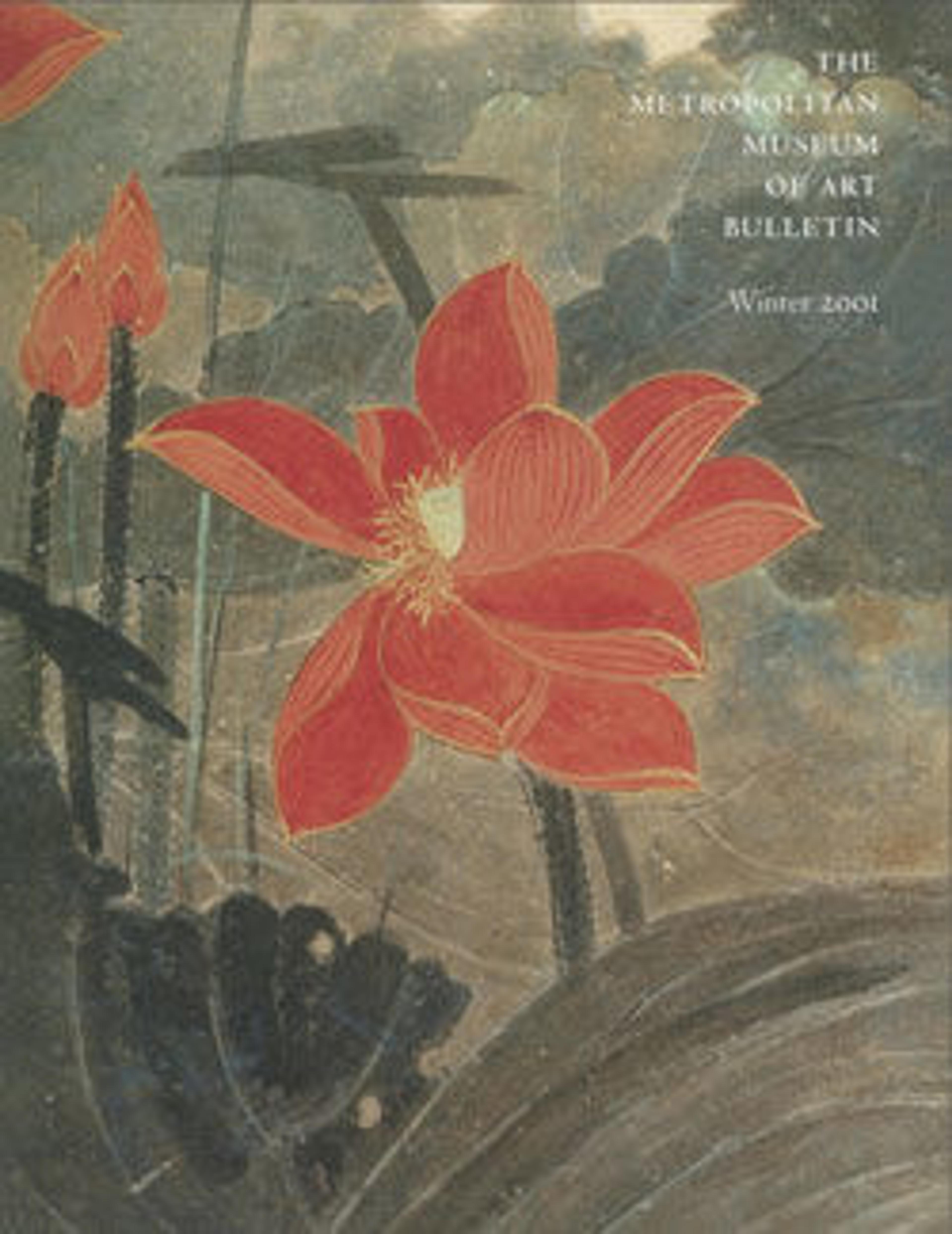Shrimp
Qi Baishi's early mentor in Beijing, Chen Hengke (1876–1923), counseled him to abandon his technical training and strive for a new expressive freedom through a calligraphic approach to painting. The subsequent transformation of Qi's style is illustrated by this painting. Each crustacean—like a single Chinese character—is formed through the repetition of the same conventionalized pattern of marks. Released from the need to visualize each shrimp separately, Qi thus was free to explore the abstract expressive possibilities of structure, ink tone, and composition and to achieve the direct, childlike spontaneity and naturalness that are hallmarks of his work. Qi's exhilaration at the possibilities offered by this method are reflected in his inscription:
If you can forget painting theory, you will not suffer from its deeply rooted bad effects. Then your brush will fly like the heavenly horse moving through the sky.
(Robert H. Ellsworth et al., trans., Later Chinese Painting and Calligraphy, 1800-1950, 3 vols. [New York: Random House, 1987], vol. 1, p. 157)
If you can forget painting theory, you will not suffer from its deeply rooted bad effects. Then your brush will fly like the heavenly horse moving through the sky.
(Robert H. Ellsworth et al., trans., Later Chinese Painting and Calligraphy, 1800-1950, 3 vols. [New York: Random House, 1987], vol. 1, p. 157)
Artwork Details
- 現代 齊白石 蝦柳圖 軸
- Title:Shrimp
- Artist:Qi Baishi (Chinese, 1864–1957)
- Period:Republic period (1912–49)
- Date:dated 1927
- Culture:China
- Medium:Hanging scroll; ink on paper
- Dimensions:38 3/8 x 18 3/4 in. (97.5 x 47.6 cm)
- Classification:Paintings
- Credit Line:Gift of Robert Hatfield Ellsworth, in memory of La Ferne Hatfield Ellsworth, 1986
- Object Number:1986.267.212
- Curatorial Department: Asian Art
More Artwork
Research Resources
The Met provides unparalleled resources for research and welcomes an international community of students and scholars. The Met's Open Access API is where creators and researchers can connect to the The Met collection. Open Access data and public domain images are available for unrestricted commercial and noncommercial use without permission or fee.
To request images under copyright and other restrictions, please use this Image Request form.
Feedback
We continue to research and examine historical and cultural context for objects in The Met collection. If you have comments or questions about this object record, please contact us using the form below. The Museum looks forward to receiving your comments.
